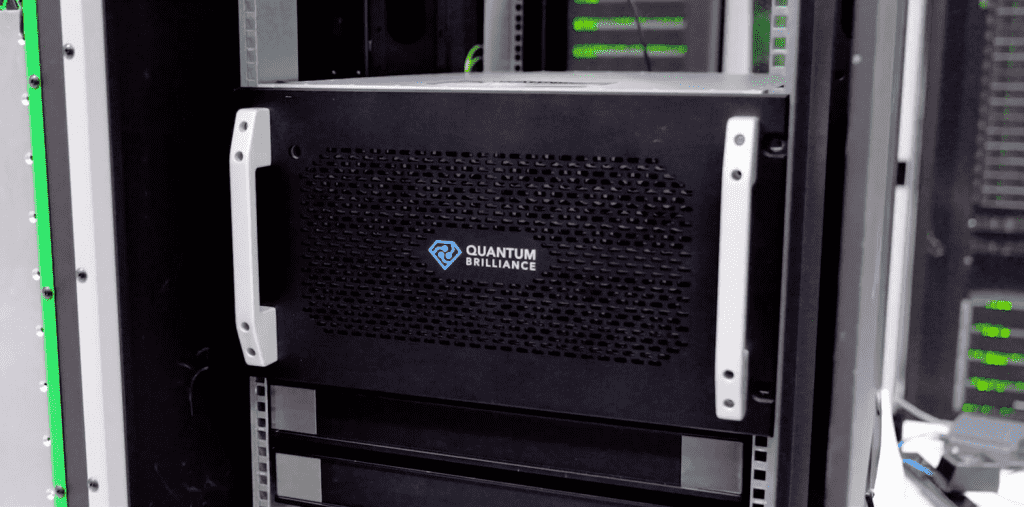In a world-first, a room-temperature quantum computer has just been installed in Pawsey’s Supercomputing Research Centre, in Australia. It was developed by the Australian start-up Quantum Brilliance.
Instead of the more common ion chains, silicon quantum dots, or superconducting transmon qubits, Quantum Brilliance used specifically implanted nitrogen-vacancy centers in synthetic diamonds (where a nitrogen atom is used in place of a carbon one).
Andrew Horsley, CEO of Quantum Brilliance stated that it was a giant leap to achieve a quantum technology that’s smaller, compatible, more flexible, and ultimately able to operate in any environment.

“Our vision is to take quantum from mainframe to mainstream — running your mobile phone, your car, your work platforms, or anywhere close to the application where it is needed,” said Horsley. “This collaboration is our first step toward achieving this goal.”
Today, most quantum computing work is done in a simulated environment in platforms like IBM’s Quiskit and Nvidia’s cuQuantum initiative. Using a room-temperature quantum computer within a supercomputing center will allow researchers to take advantage of on-site computing, maintenance, and integration.
“The partnership between Pawsey and Quantum Brilliance will play a pivotal role in demonstrating how we can deliver classical-quantum compute power scale in a way never before seen in an HPC environment,” Pawsey’s Executive Director Mark Stickells said. “This will provide a testbed where real applications can be proved, so our researchers can do more effectively — enabling science and accelerating discovery.”

Mark Stickells said the integration of the quantum accelerator into the HPC architecture would help its 4,000 researchers learn more about how the two systems can work in tandem.
“We look forward to seeing enterprises and researchers utilizing HPC as a hub to explore novel classical-quantum codes using Setonix and the quantum accelerator as a step towards the hybrid computing future,” he finished.


